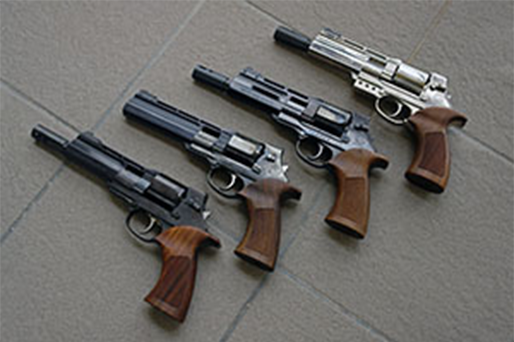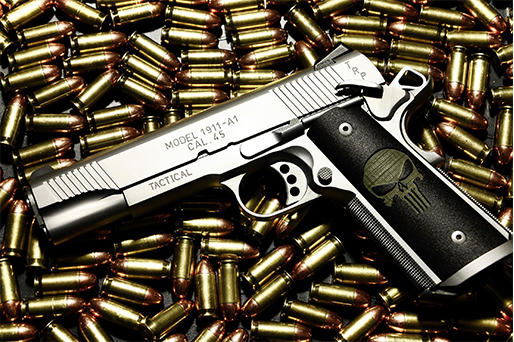Guns are a part of American life, and have been since the very beginning. According to the Constitution of the United States, gun possession is one of the basic natural rights of citizens, which cannot be deprived of. Ordinary legitimate citizens are allowed to use guns at the age of 21. So, almost everyone knows how to use a gun. But as guns have become less frequent, gun literacy has declined. We shoot more. We know less. Now, let’s talk something about guns.


According to the U.S. Bureau of Alcohol, Tobacco, Firearms and Explosives, Any weapon (including a starter gun) which will or is designed to or may readily be converted to expel a projectile by the action of an explosive is a firearm. This is a broad definition, but it gets at the basic idea of what a gun is.
In the most basic sense, guns work like this: A bullet is loaded into the rear of the barrel, which is a tube connected to the firing pin. What happens mechanically when you pull the trigger is that the firing pin is released, and it rushes forward violently under the pressure of the spring, strikes the shell casing producing a strong force which ignites a tiny explosive charge located in the base of the bullet. That explosion ignites the gunpowder, which is tucked inside the shell casing surrounding the bullet. The pressure change forces the bullet out of the casing and down the barrel toward the target.
With the rapid development of science and technology, the function and structure of guns are becoming more and more perfect, which makes it difficult for people to see their basic components —a trigger, firing pin, and tubes. Today’s firearms have magazines capable of holding up to 30 or more bullets, or more than one barrel, or can fire more than one bullet per pull of the trigger. Some guns have lights, lasers, rifle scopes, bipods, and other accessories to identify a target or aid in marksmanship. Many guns are very simple, but some guns are very complicated.
The above is all the introduction of the working principle of guns.
 Hot Products
Hot Products